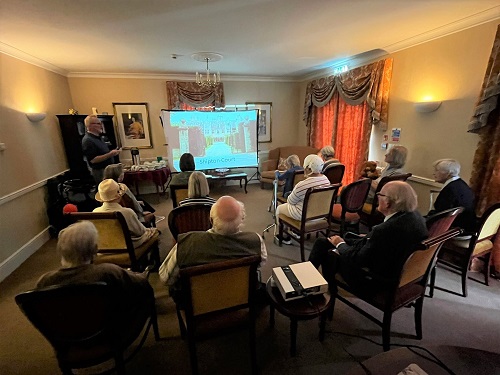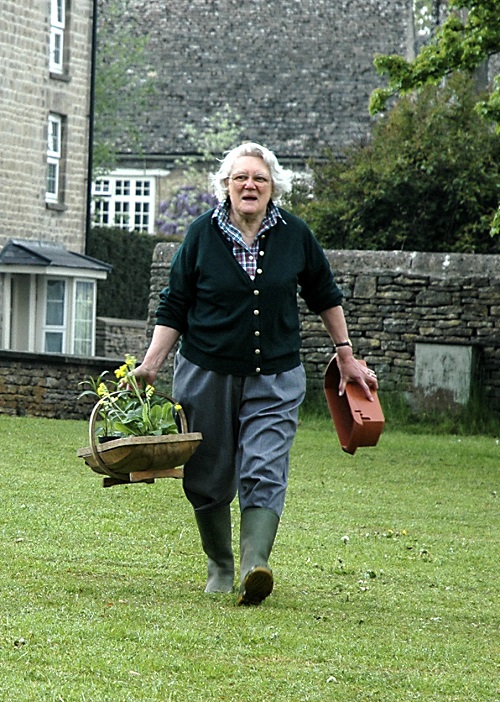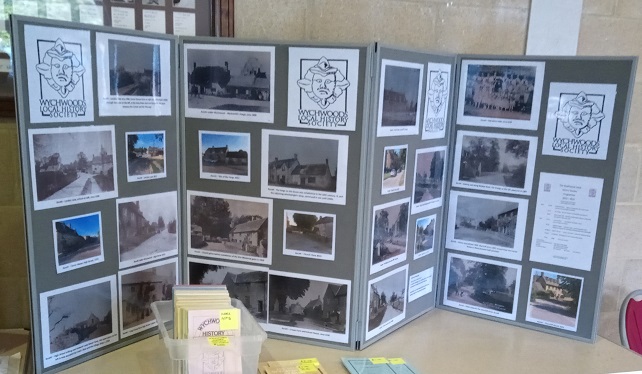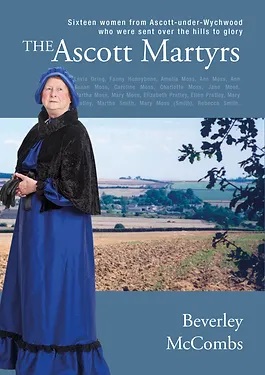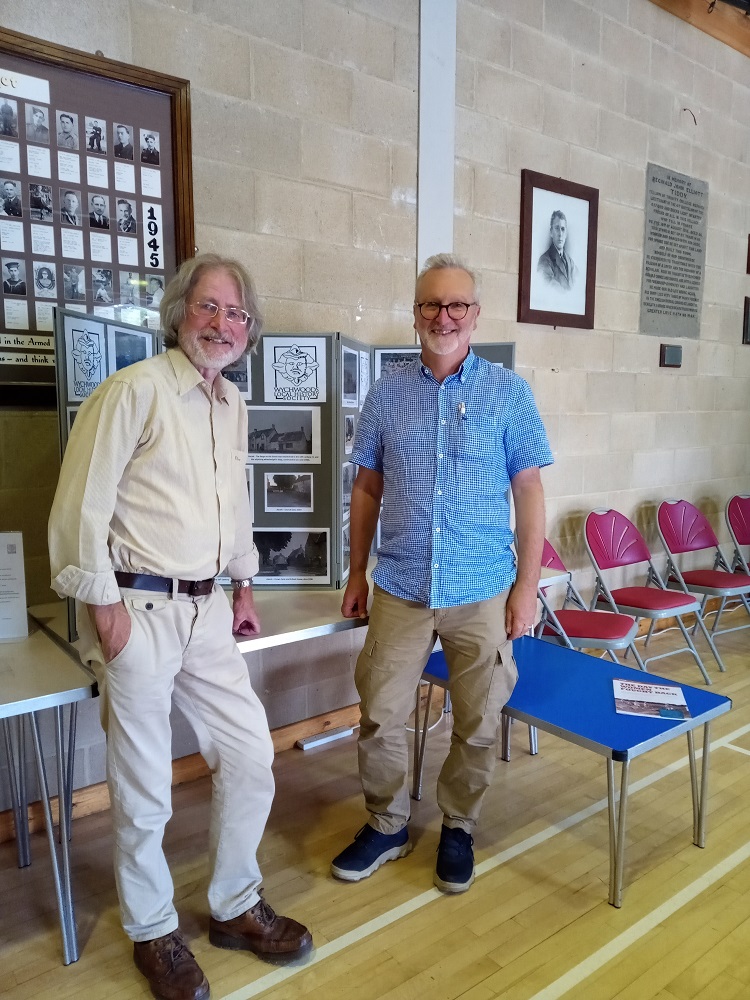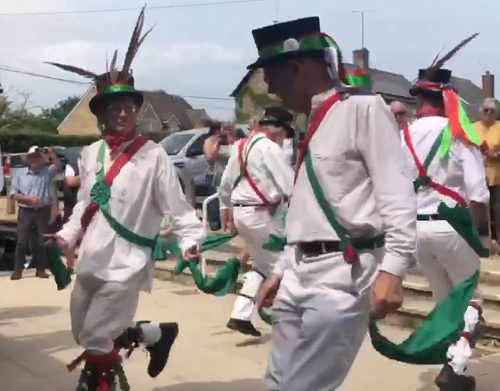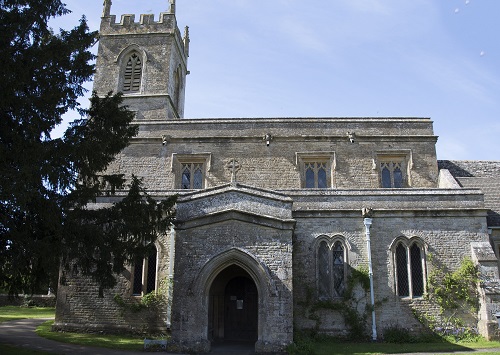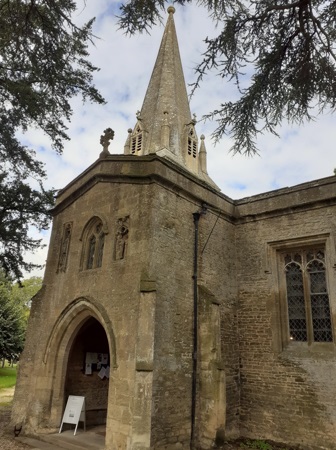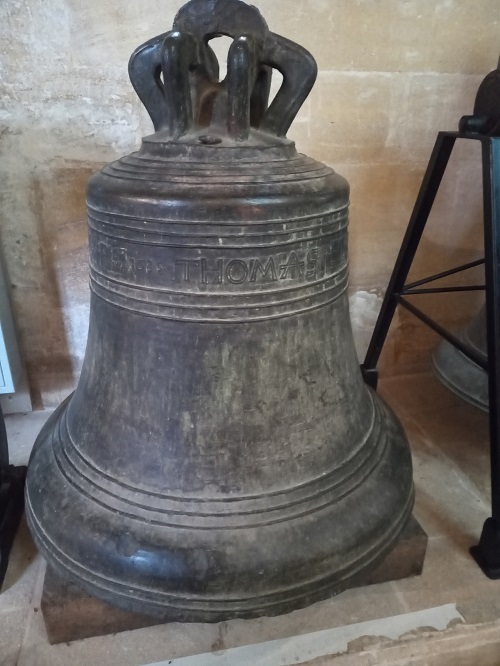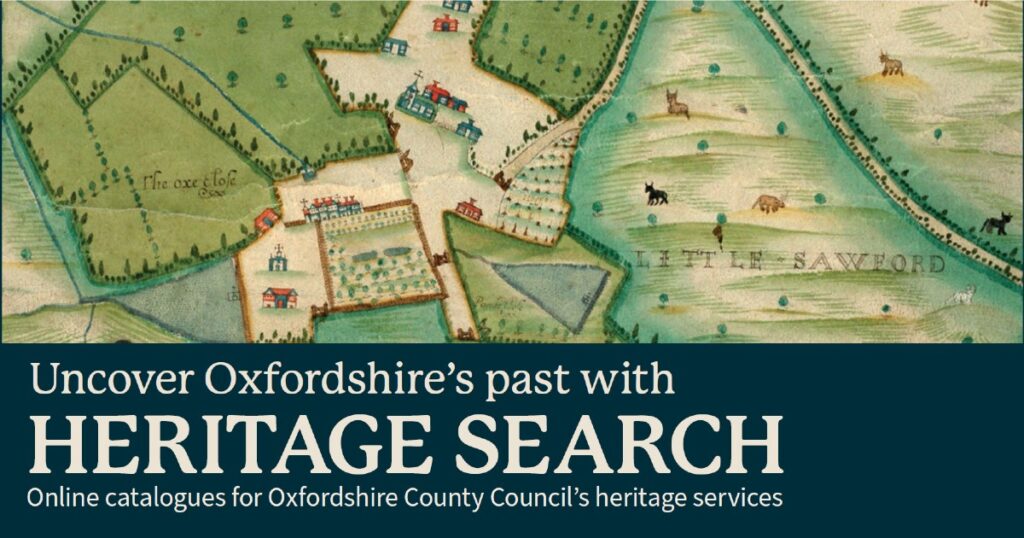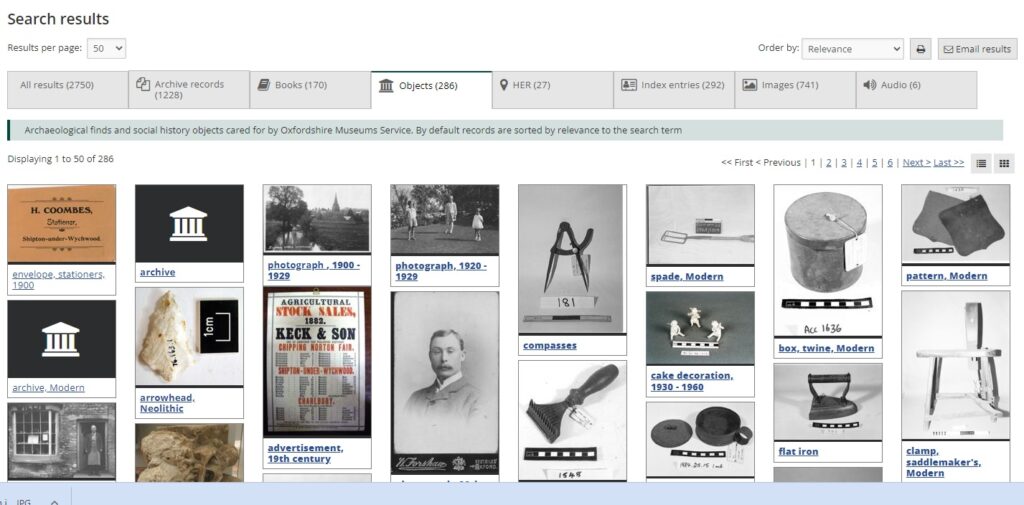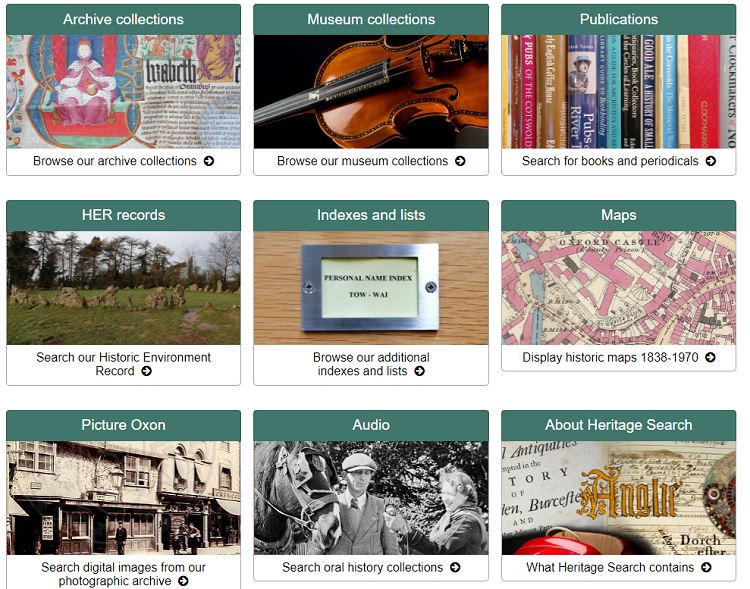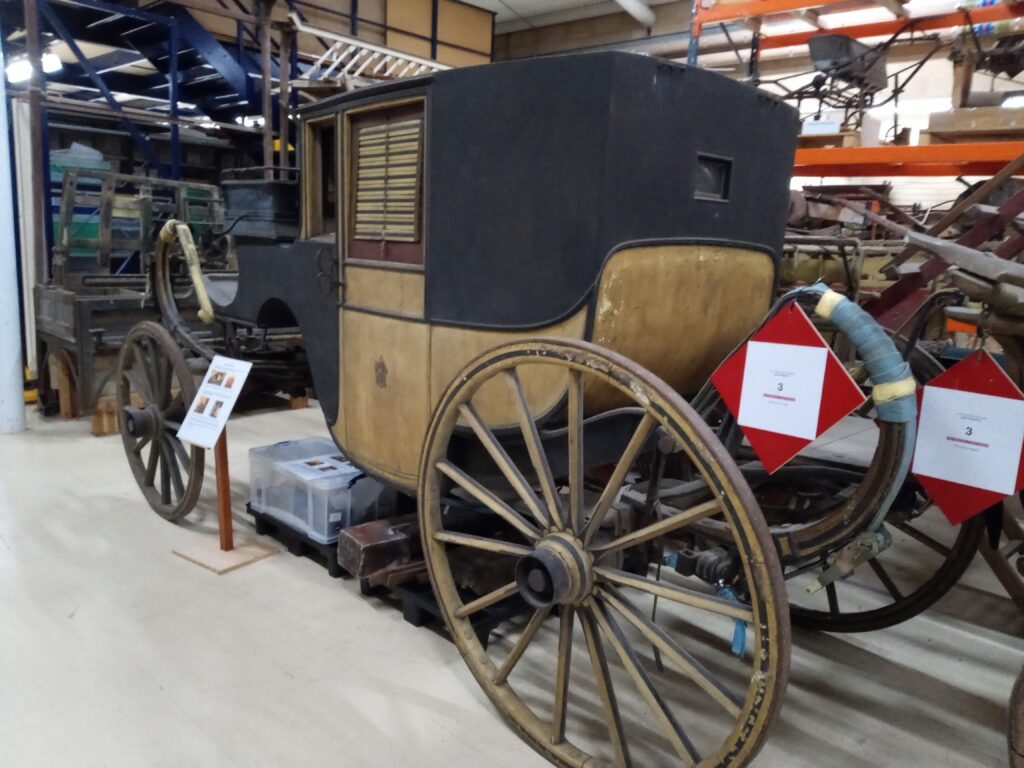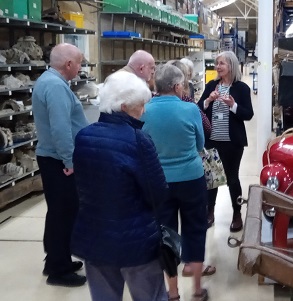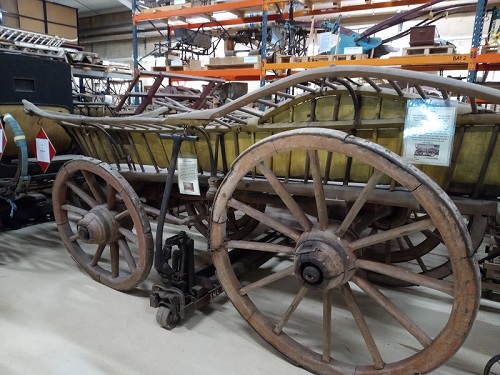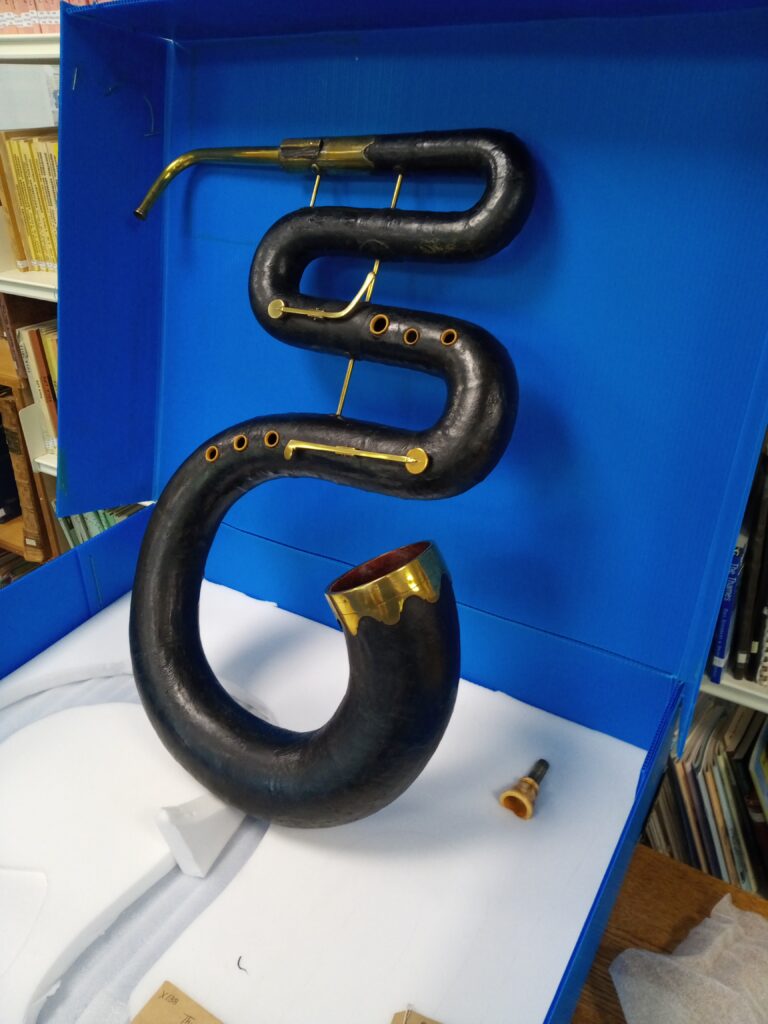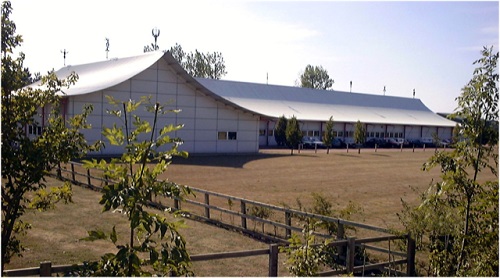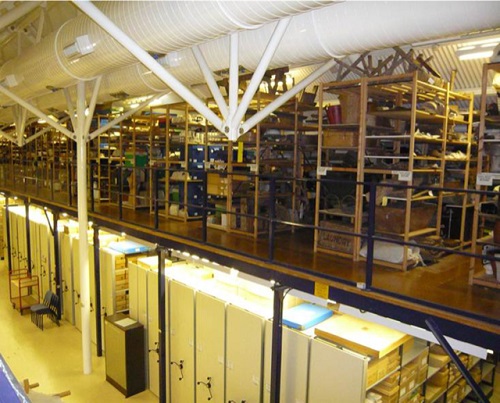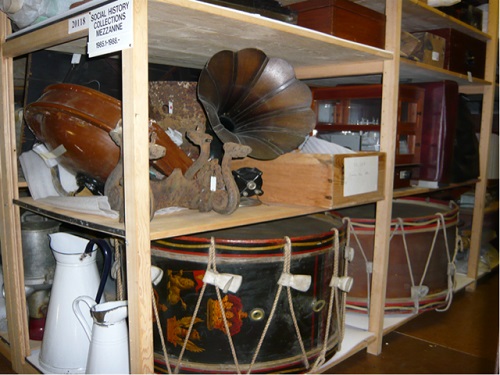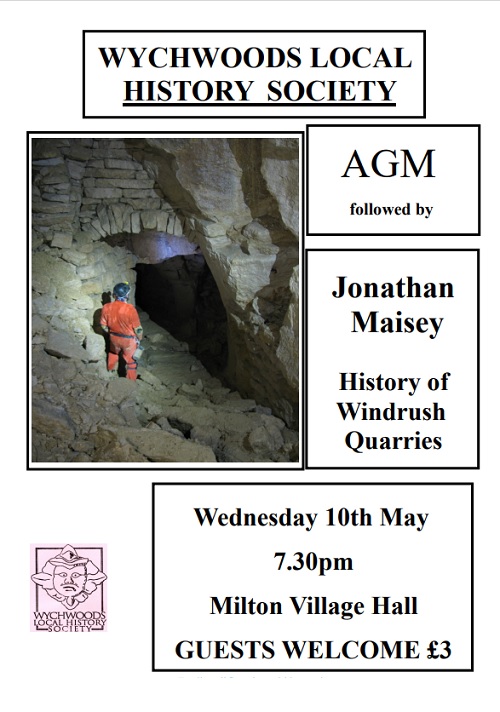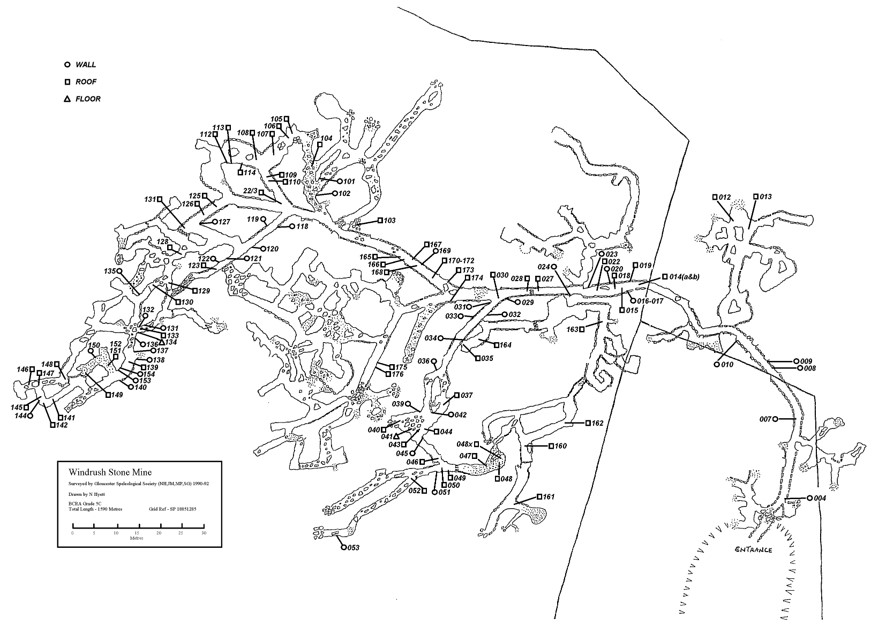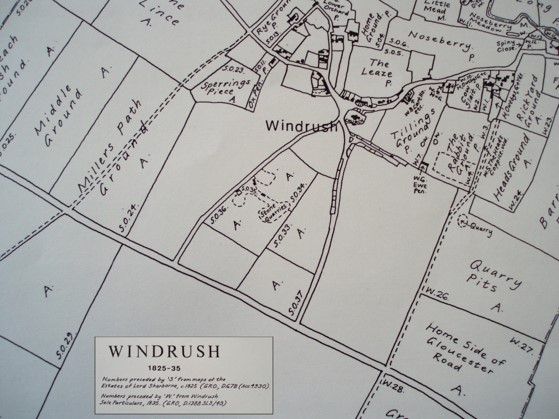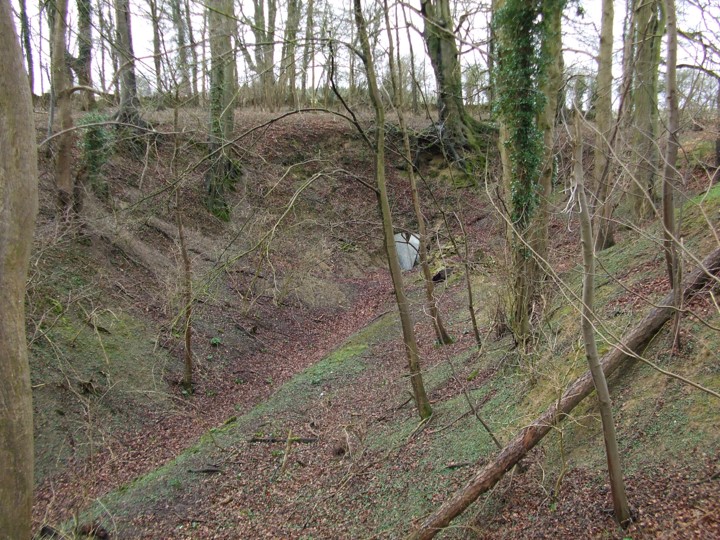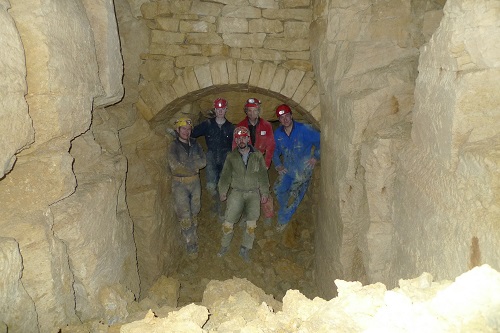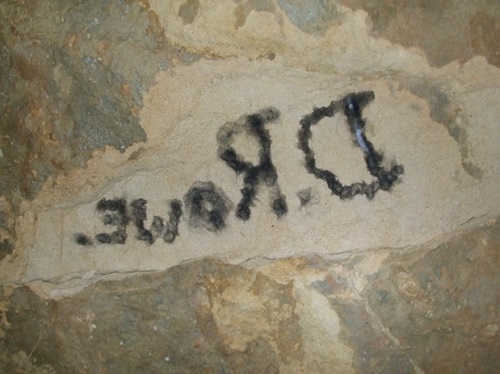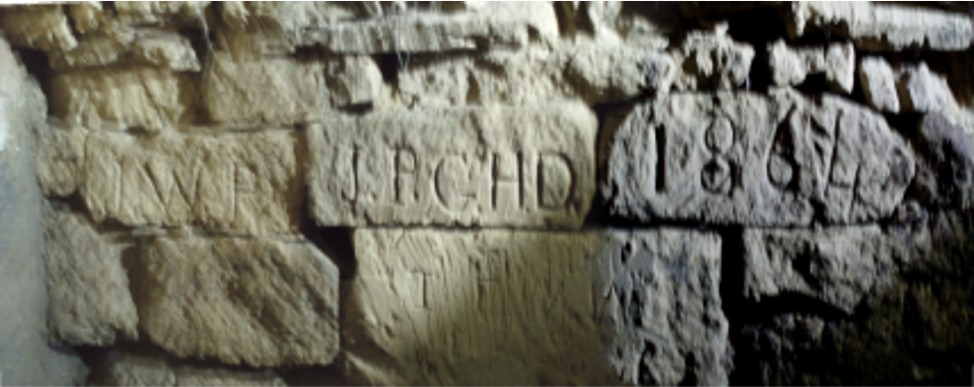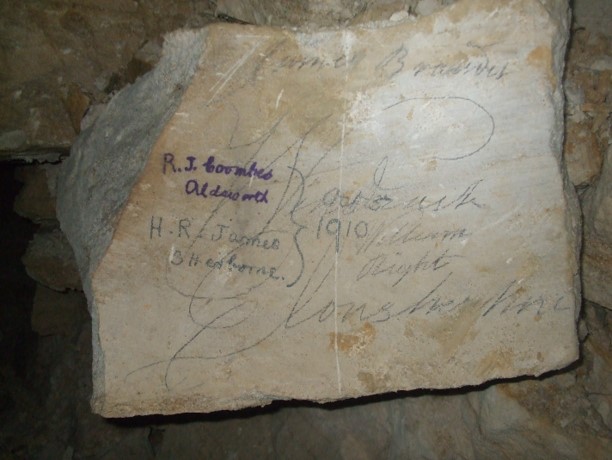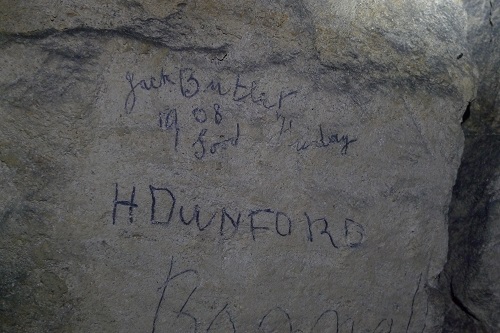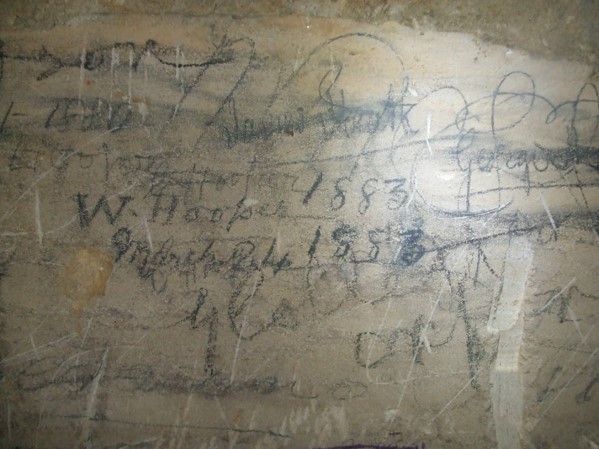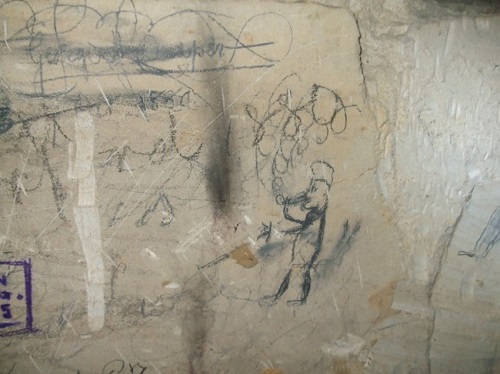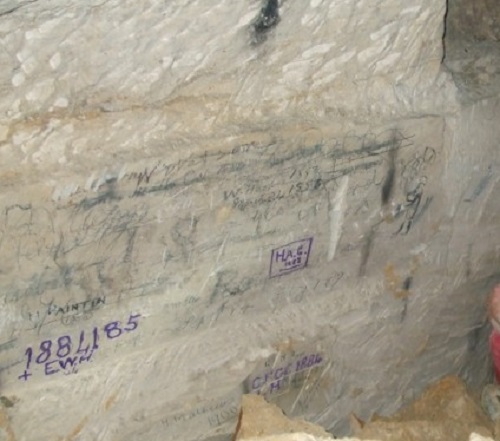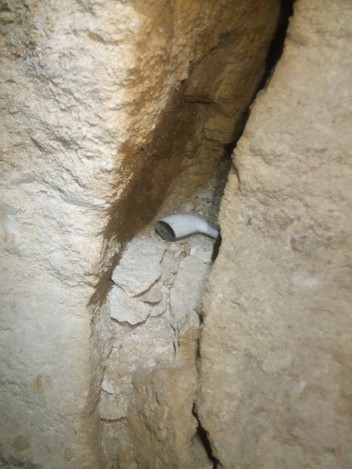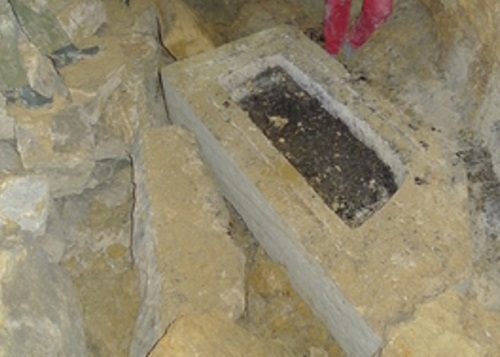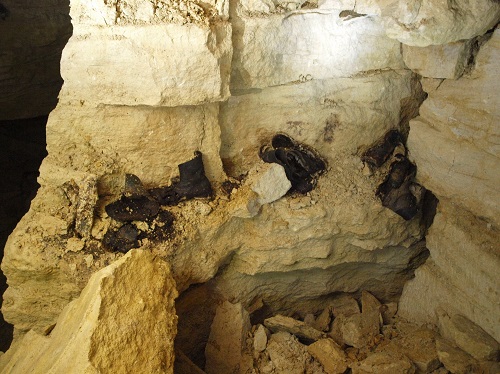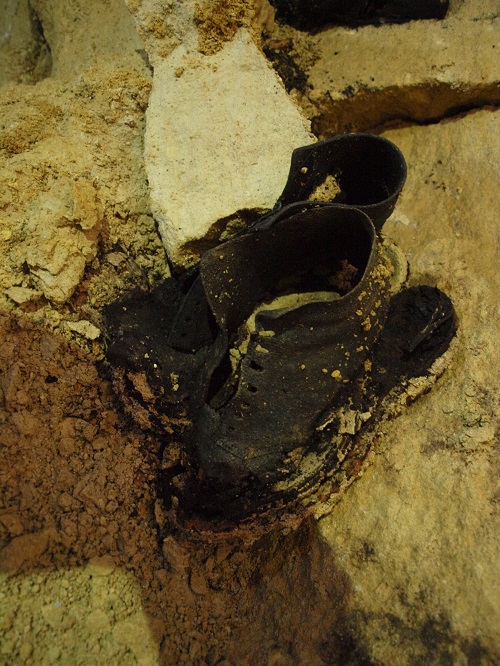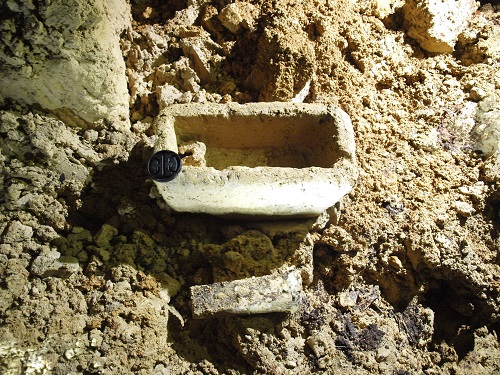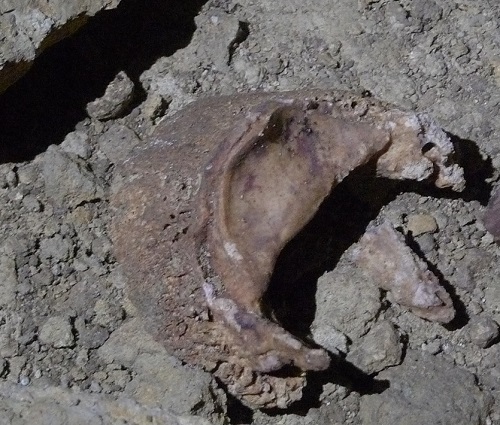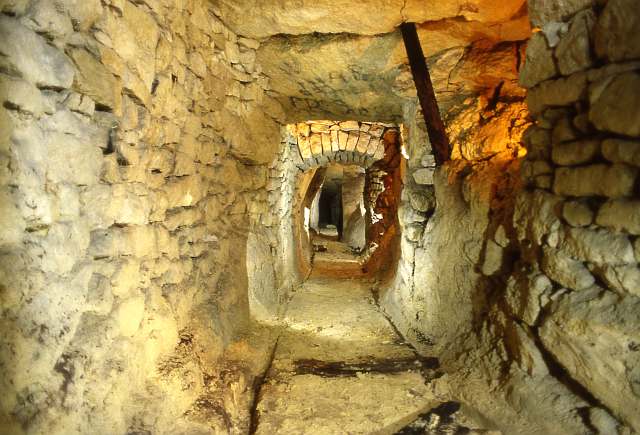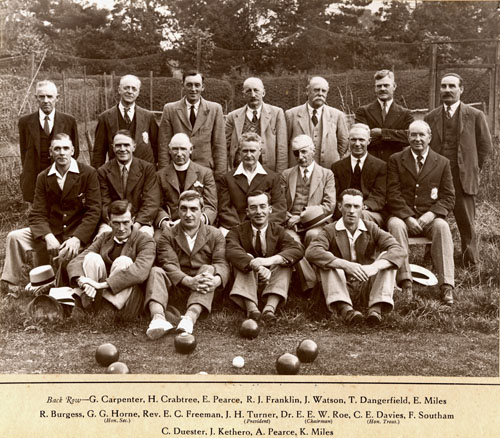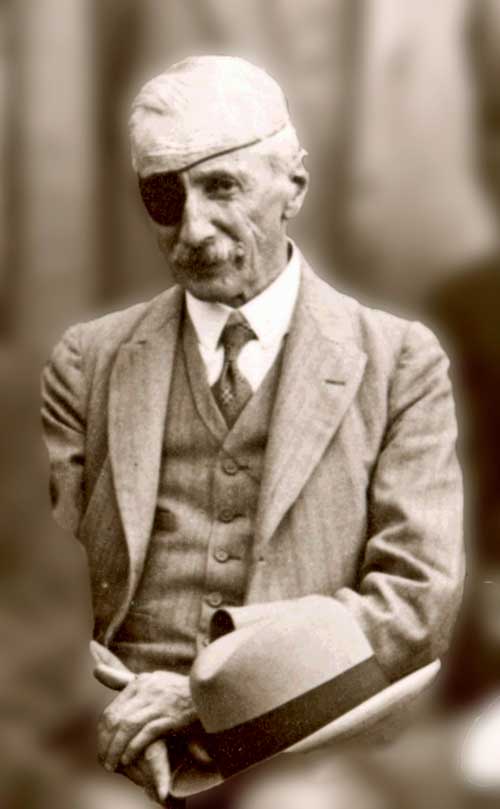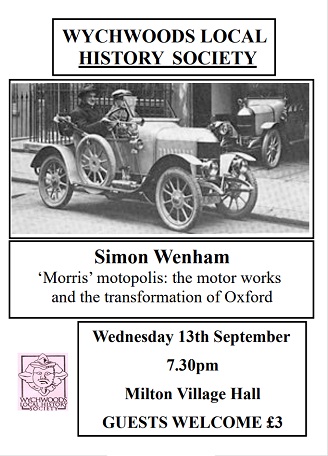
Speaker: Simon Wenham
Subject: ‘Morris’ Motopolis
Our first evening talk of the 2023/4 season saw 45+ members and guests convening at Milton Village Hall, for a fine and informative sweep through the history and development of the city of Oxford, through the prism of the story of William Morris and the motor works at Cowley.
Our speaker Simon Wenham was as surprised as the rest of us to be greeted in the car park by a fine example of the famous Morris Oxford “Bullnose” – we all thought this was part of his talk, but in fact it belonged to local resident Peter Meecham – a nice touch to set the stall out for the evening.
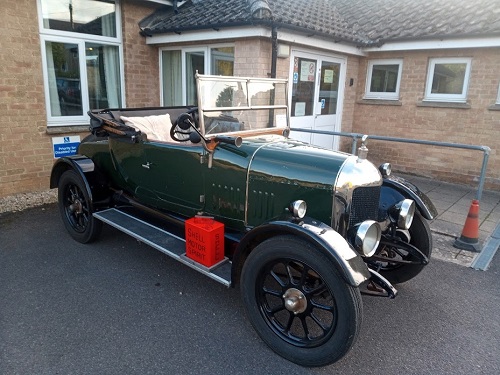
Simon’s talk took us through the early stages of the evolution of the Morris empire, the “town vs. gown” dichotomy and the idea of Oxford as a city with “air of studied backwardness” caused by the conservative, established control of the city through the University hierarchy.
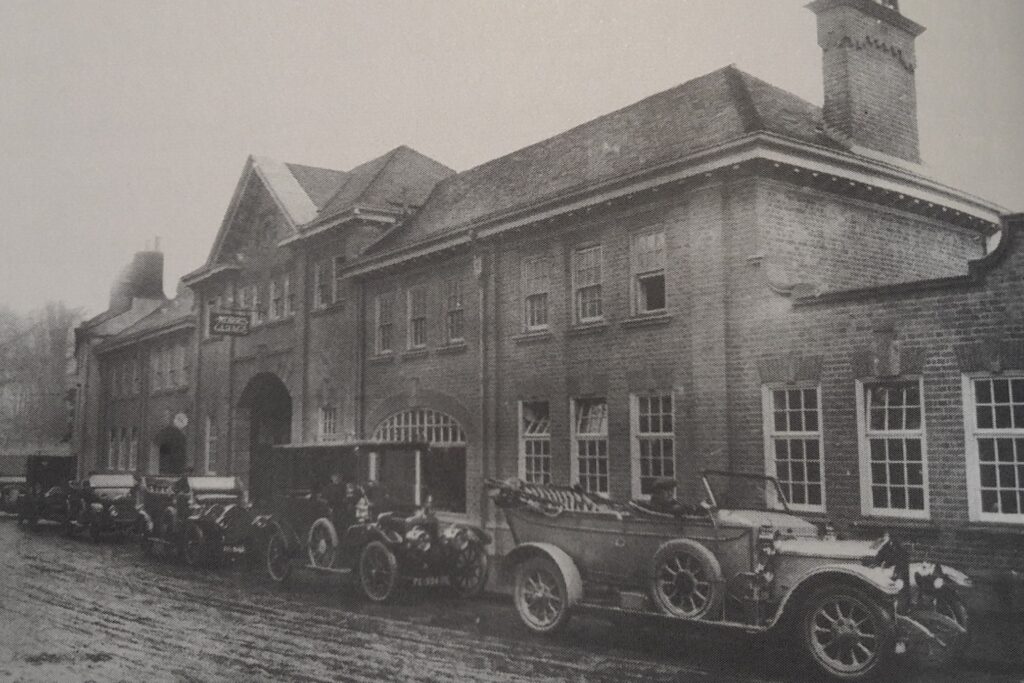
We learned of the early beginnings when William Morris at the age of 16 was repairing bicycles in his parents’ garden shed, to the development of a business which employed thousands of workers. We learned of the acquisition and development other businesses and brands – MG in Abingdon, Wolsey, and Pressed Steel included – in a career which elevated him to the title of Lord Nuffield.
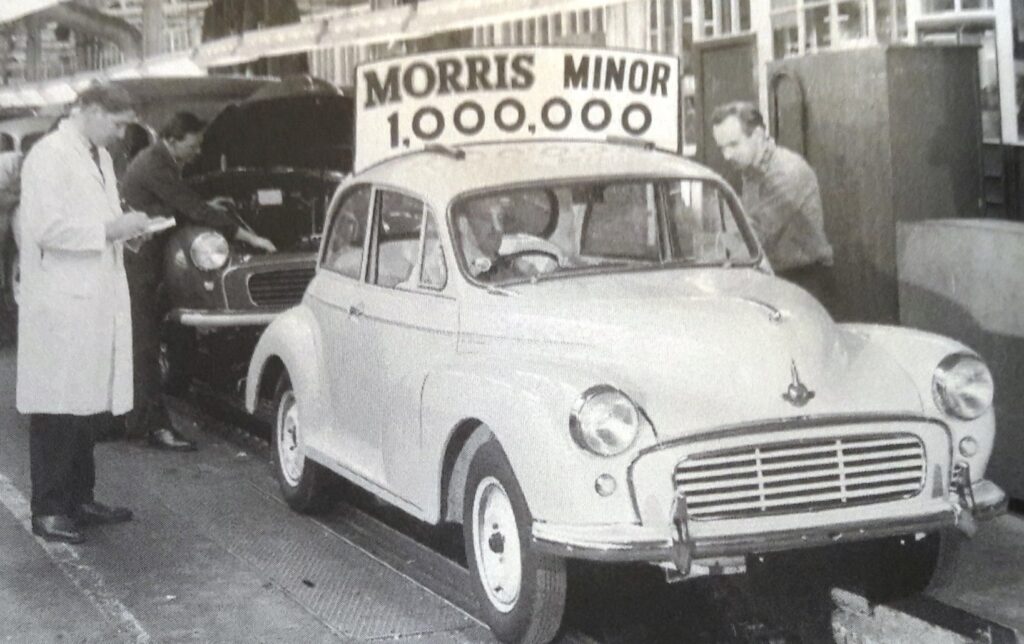
We gained some insights into the man as a creative and energetic business brain, a man who liked to “get things done” – but also a man of extraordinary philanthropy, giving most of his fortune to good causes in health care and education.
Woven through Simon’s talk were insights into the transformation of the city. High wages brought in workers from South Wales and the Midlands, and the factory expansion in the inter-war years meant housing developments swallowed up villages – not just Cowley, but Headington, Marston, Wolvercote, Botley, Littlemore, and Iffley – and filled the gaps between them.
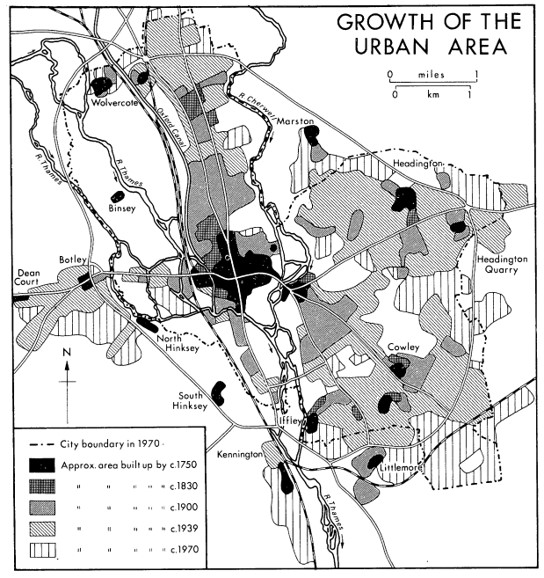
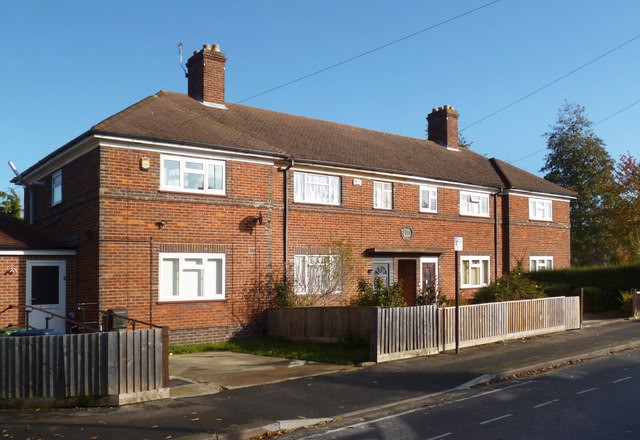

Hence, we have a story of a tension between old and new and a constant debate on progress and conservation.
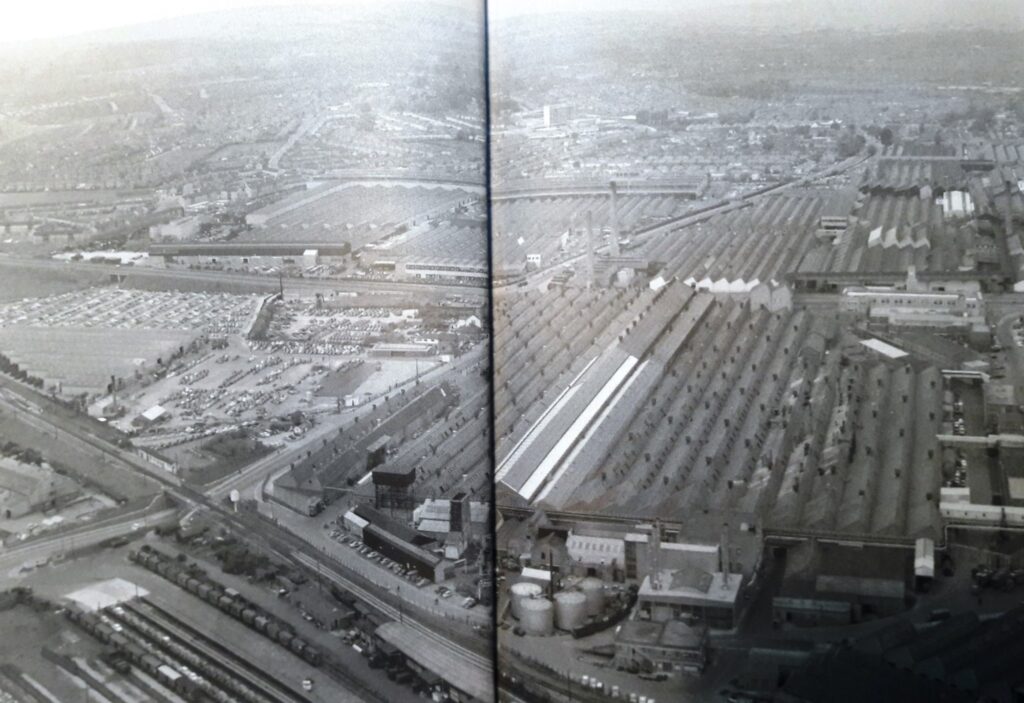
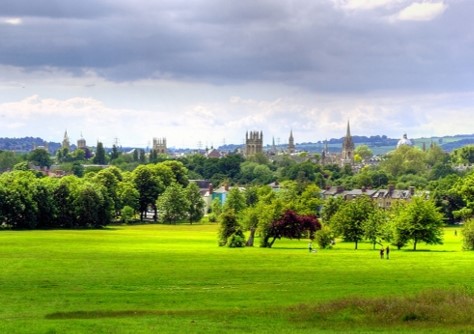
The debate is perhaps epitomised by the establishment of Morris’ Nuffield College. Here in the city centre is an extraordinary example of Morris’s philanthropy. It was built as Morris wished, in a traditional design in Cotswold stone. It was Oxford’s first co-educational college and first all-graduate college. Revolutionary. But also, even Morris had to compromise, having intended his college specialise in engineering but the university wished otherwise. He was persuaded that it should specialise in the social sciences.
About Simon Wenham
Dr Simon Wenham is a part-time tutor on the panel of Oxford University’s Continuing Education Department where he teaches courses on the Victorian period. His doctoral research at the University of Oxford was on the history of Salter Bros Ltd , an Oxford-based Thames boat firm, which resulted in several books.
Simon has been a regular contributor to Radio Oxford and has done interviews for a number of television documentaries .


